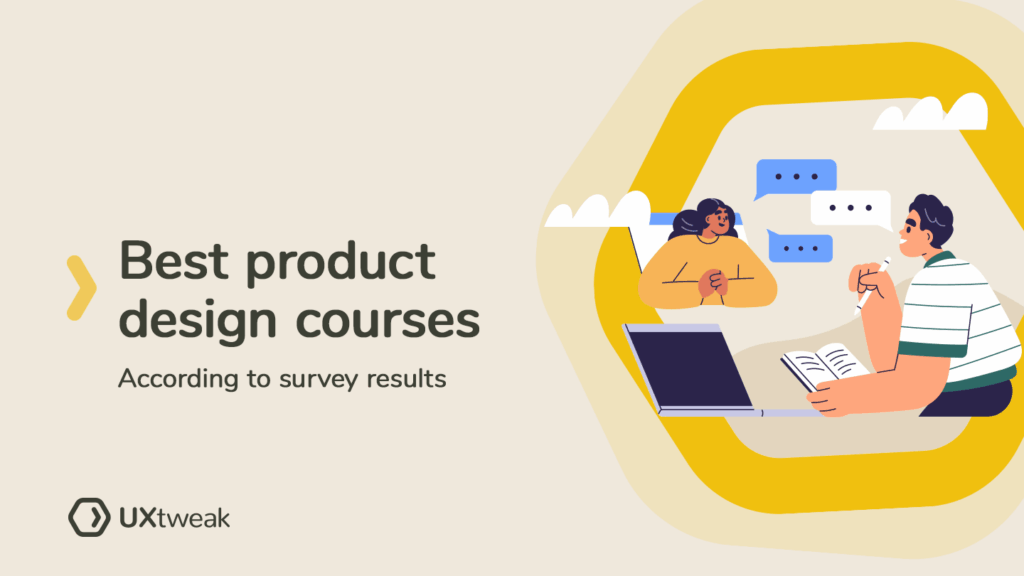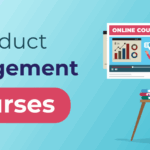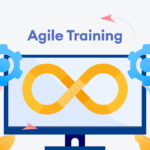My Unexpected Journey: How a Product Design Course Unlocked a New World
I remember it vividly. I was stuck. Not just in a rut, but in a full-blown existential quicksand. My days felt like a loop, my work uninspiring, and I spent evenings scrolling through job boards, searching for… something. Anything. That’s when the phrase "Product Design" started popping up. At first, it sounded intimidating, like something only tech gurus or artistic prodigies could grasp. But something about it, the idea of creating things that genuinely help people, sparked a tiny flicker of curiosity.
Could I do that? Someone with no art degree, no coding background, and whose most complex design project to date was arranging throw pillows? The thought was daunting, but the yearning for change was stronger. And that, my friends, is how I found myself taking the leap and enrolling in a Product Design Course.
The Spark of Curiosity: Why a Product Design Course?
Let’s be honest, the world of design can seem like a secret club with its own language. Terms like "UX," "UI," "wireframing," and "prototyping" floated around, sounding like alien speak. My biggest fear was that I’d be completely lost, overwhelmed by complex software and theories.
But as I dug a little deeper, I realized the core of product design wasn’t about being a master artist or a coding wizard. It was about solving problems. It was about understanding people, their needs, their frustrations, and then crafting solutions that make their lives easier, more enjoyable, or simply more efficient. This perspective shift was monumental. It wasn’t about making things "pretty" (though that’s part of it!), but about making them work for real people.
The course I picked explicitly stated it was for beginners. This was my lifeline. It promised to guide me step-by-step, starting from the very basics. And that promise was kept.
Demystifying Product Design: More Than Just Pretty Pictures
One of the first things the Product Design Course taught me was the fundamental difference between UX (User Experience) and UI (User Interface). Think of it like an iceberg:
- UX (User Experience) is the part you don’t see. It’s the research, the planning, the structure, the feeling you get when you use a product. Is it easy to navigate? Does it make sense? Does it solve your problem effectively? This is the "why" and the "how" it works.
- UI (User Interface) is the part you do see. It’s the buttons, the colors, the fonts, the layout – all the visual elements that make up the screen. This is the "what" it looks like.
The course emphasized that a beautiful UI is useless without a thoughtful UX, and a brilliant UX can be hampered by a confusing UI. They are two sides of the same coin, working together to create a seamless experience. This made so much sense! Suddenly, products I used every day started to make more sense (or less, when they were poorly designed!).
Inside the Course: From Idea to Interactive Prototype
The structure of the Product Design Course was brilliant. It mirrored the actual design process, taking us through each stage, step-by-step.
Understanding Your Users: The Foundation of Good Design
We started with user research. This was fascinating! We learned how to conduct interviews, create surveys, and develop "user personas" – fictional characters representing our target audience. It wasn’t about guessing what people wanted; it was about asking them and observing them. This initial phase really drilled home the "user-centered" aspect of product design. You’re not designing for yourself; you’re designing for others.
Bringing Ideas to Life: Wireframing & Prototyping
Next came ideation. This involved brainstorming, sketching out rough ideas on paper (even my stick figures felt purposeful!), and then translating those into wireframes. Think of wireframes as the blueprint of an app or website – simple, low-fidelity outlines showing where elements will go, without any fancy visuals. It’s about functionality first.
Then came prototyping. This was where the magic really began. We learned how to use design tools to create interactive versions of our wireframes. It wasn’t a fully coded app, but it felt like one. You could click buttons, navigate between screens, and get a real sense of the user flow. This was empowering because suddenly, my ideas weren’t just on paper; they were tangible and testable.
The Art of Visuals: User Interface (UI) Design
Once the core functionality was solid, we moved into UI design. This is where we learned about typography, color theory, iconography, and layout principles. It wasn’t just about picking colors I liked; it was about understanding how different colors evoke emotions, how fonts impact readability, and how visual hierarchy guides the user’s eye. This section truly blended the creative with the analytical, teaching me how to make things both beautiful and incredibly functional.
Throughout these stages, we also learned about usability testing. This meant putting our prototypes in front of real users and observing how they interacted with them, gathering feedback to refine and improve our designs. It was a humbling but incredibly valuable process.
Navigating the Challenges and Celebrating Breakthroughs
Of course, it wasn’t always smooth sailing. There were moments of frustration, especially when learning new software or trying to articulate a complex user flow. I distinctly remember staring blankly at my screen, feeling that familiar quicksand feeling creeping back in.
But the instructors and fellow students in the Product Design Course were incredibly supportive. We shared our struggles, celebrated small victories, and learned from each other’s projects. There were countless "aha!" moments – when a concept finally clicked, when a design challenge revealed a simple solution, or when a user test provided crucial insights that completely transformed a feature.
The biggest breakthrough for me was realizing that design isn’t about perfection; it’s about iteration. It’s about continuously improving based on feedback and understanding. This mindset shift was liberating.
The Transformative Power: A New Mindset, A New Path
I emerged from that Product Design Course a different person. Not only did I gain a whole new set of tangible skills – the ability to conduct research, create wireframes, build prototypes, and design user interfaces – but I also developed a completely new way of thinking.
I started seeing the world differently. Every app, every website, every physical product suddenly became an example of design, good or bad. I became a problem-solver, constantly asking "Why?" and "How could this be better?"
The course equipped me with the knowledge to start building a portfolio, which is essential for anyone looking to enter the field. It gave me the confidence to explore new career paths, knowing I had a valuable and sought-after skill set.
If you’re like me, feeling stuck and looking for a creative, impactful, and ever-evolving career, then a Product Design Course might just be the answer you’re looking for. It’s more than just learning software; it’s about learning a mindset, a process, and a way to genuinely contribute to making the digital world a better place for everyone. It was an unexpected journey, but one that truly changed my perspective and opened up a world of possibilities I never knew existed. And trust me, if I can do it, so can you.



